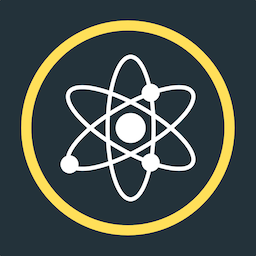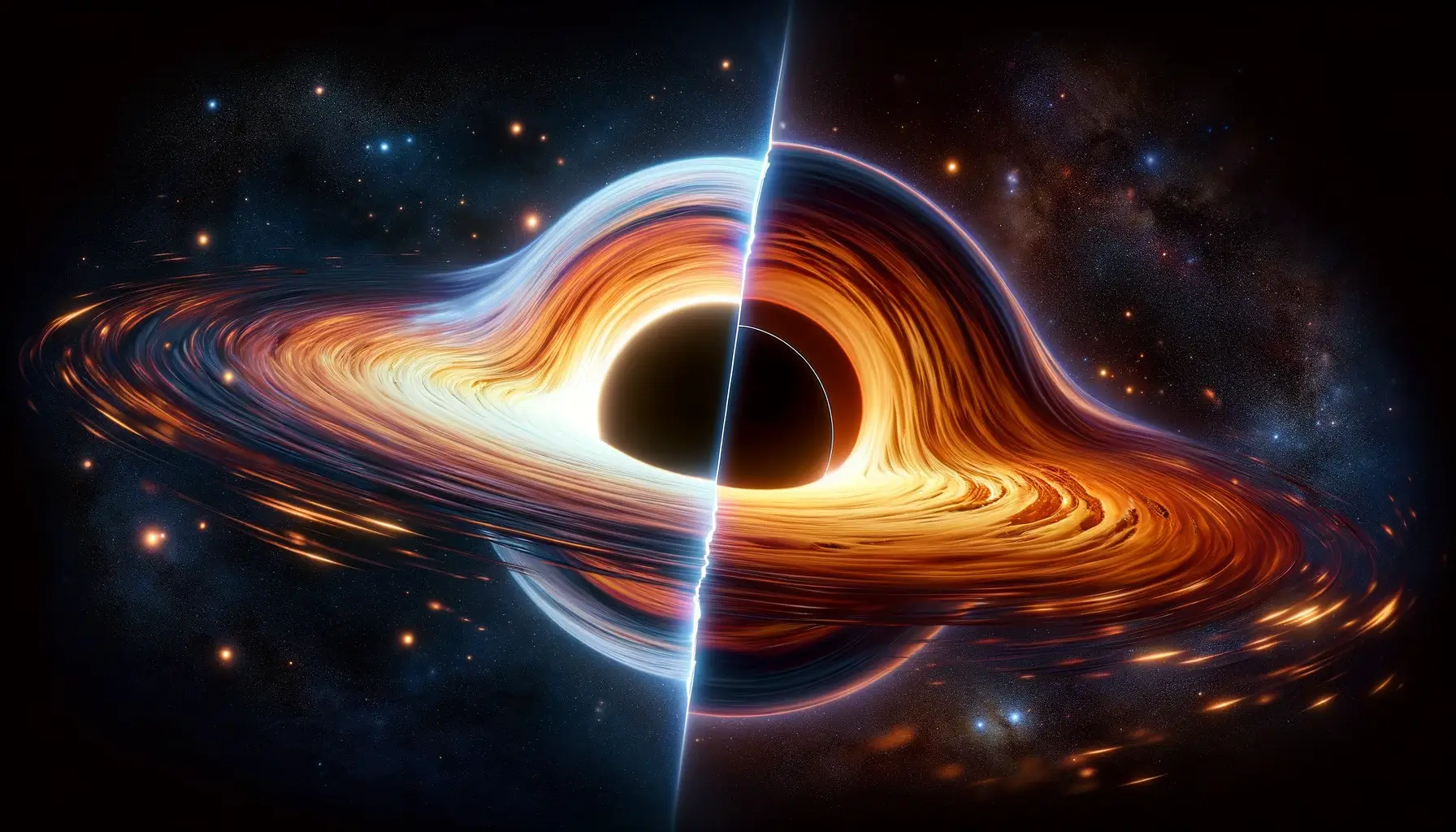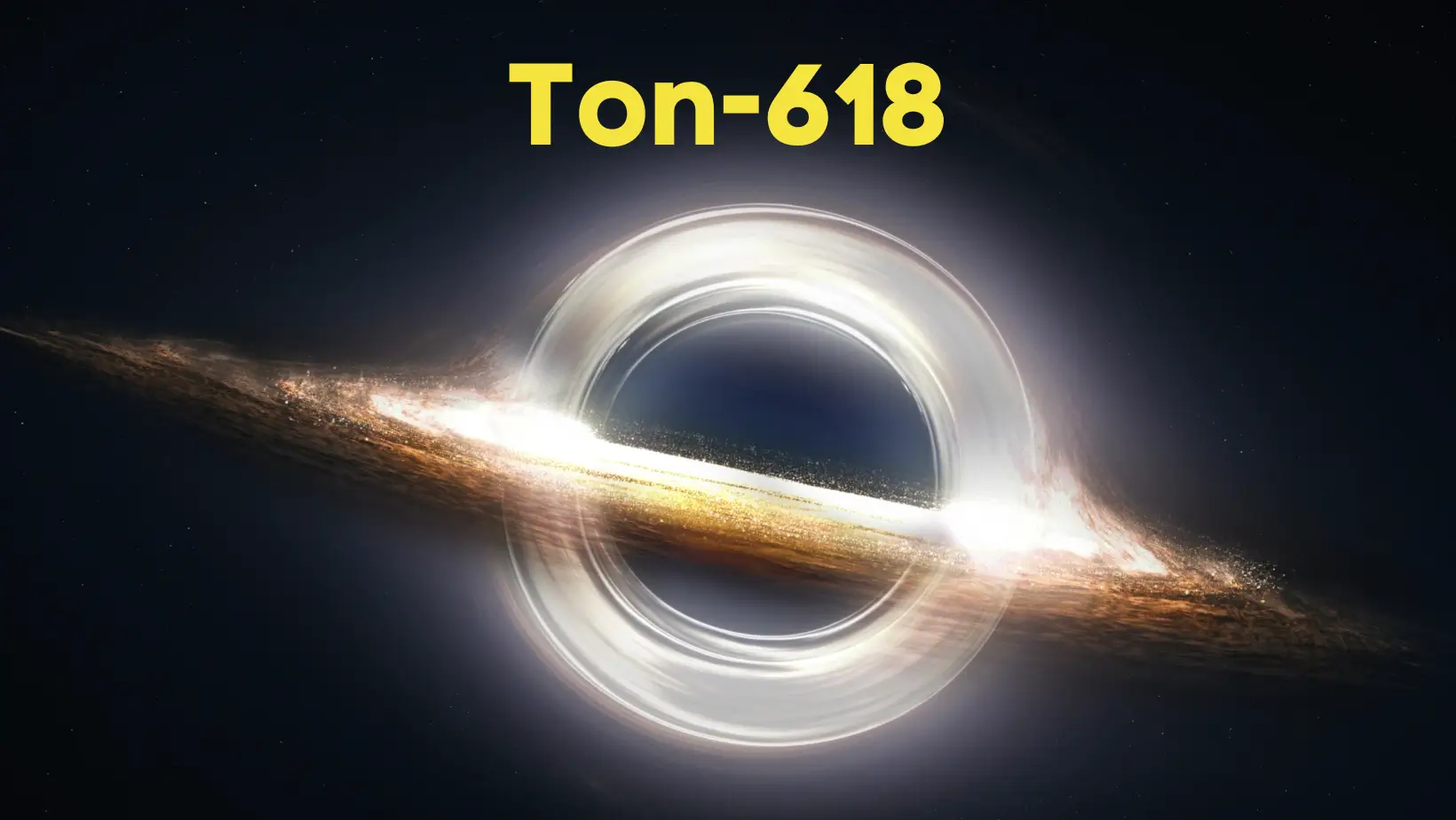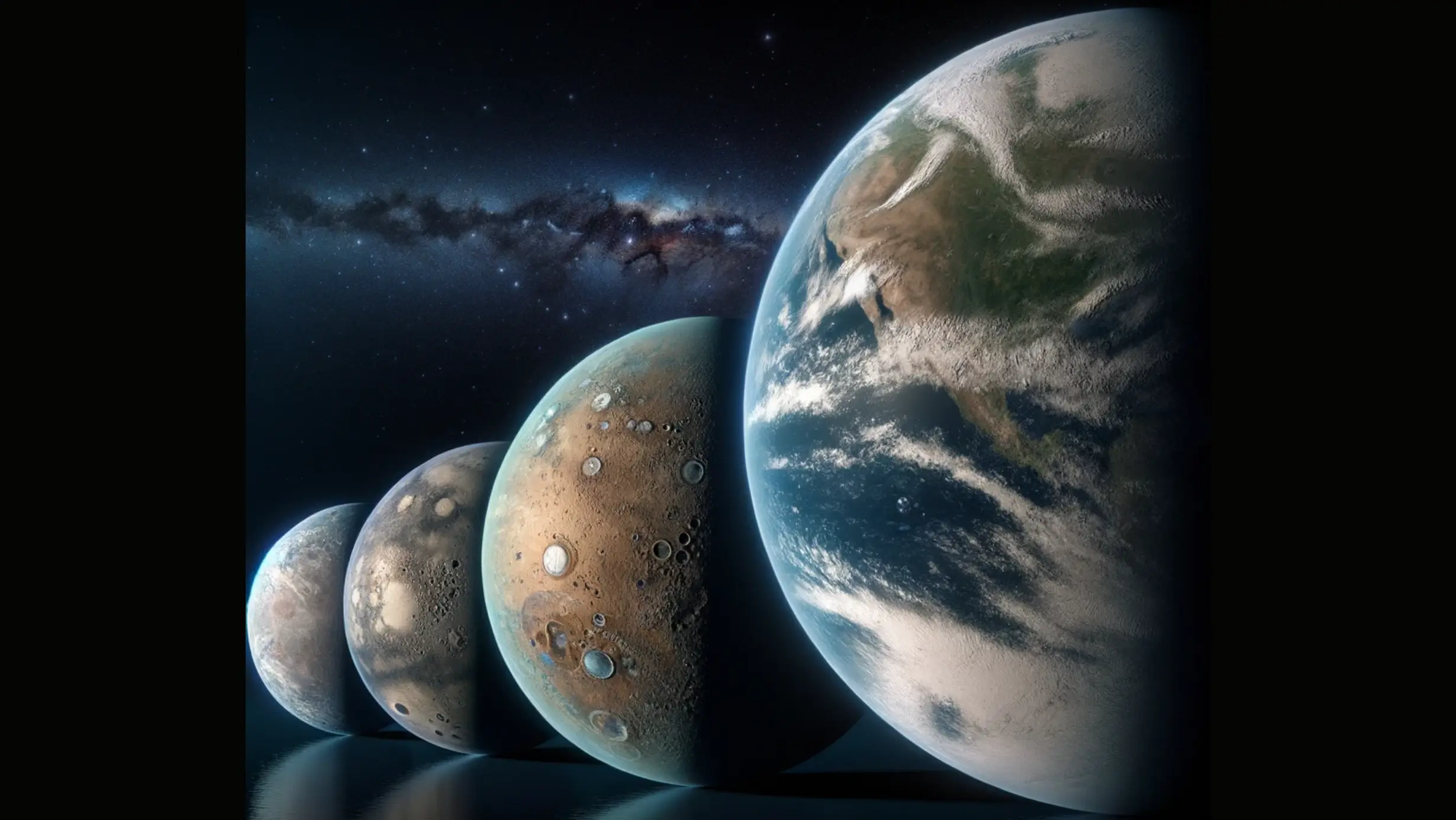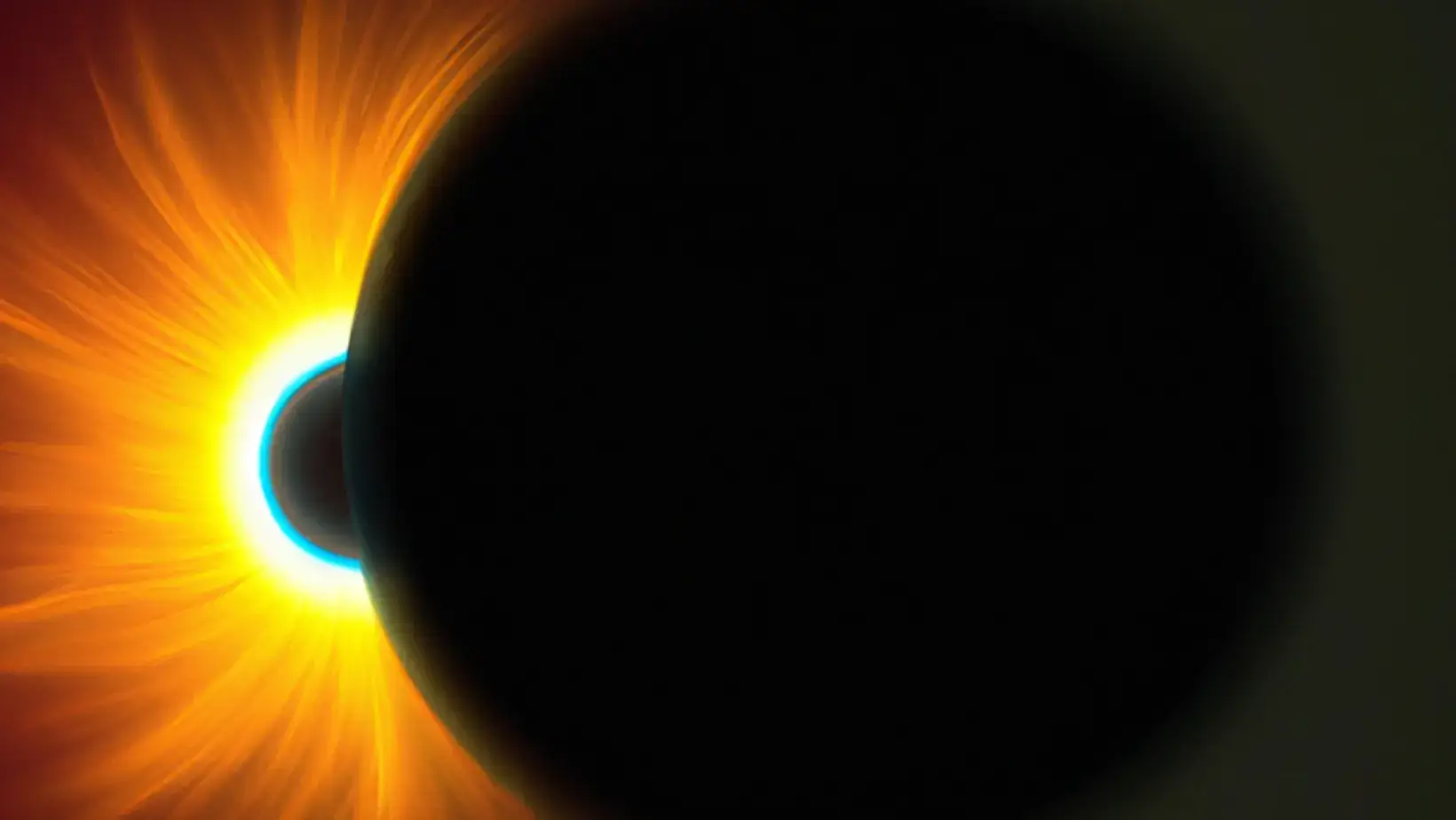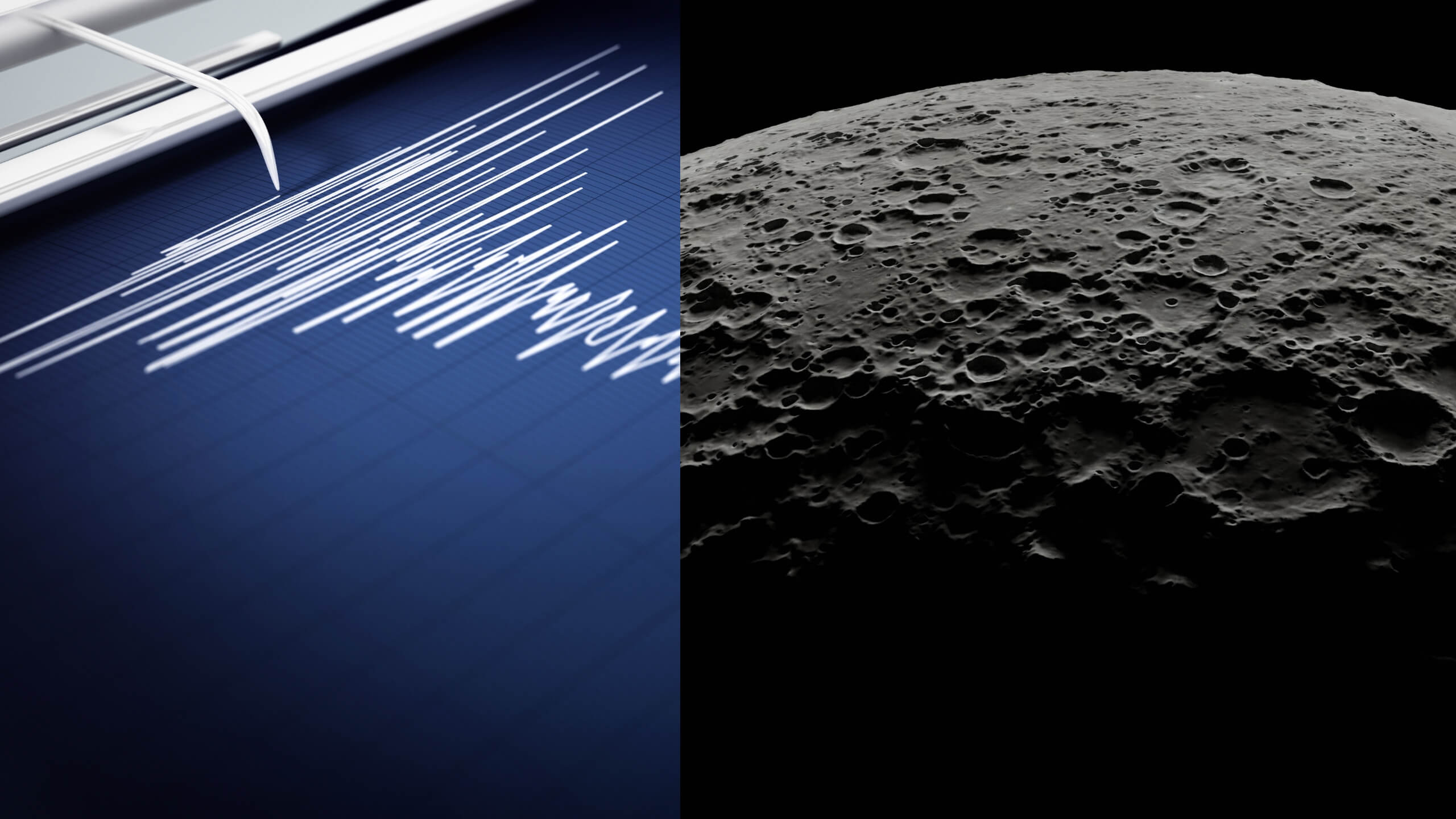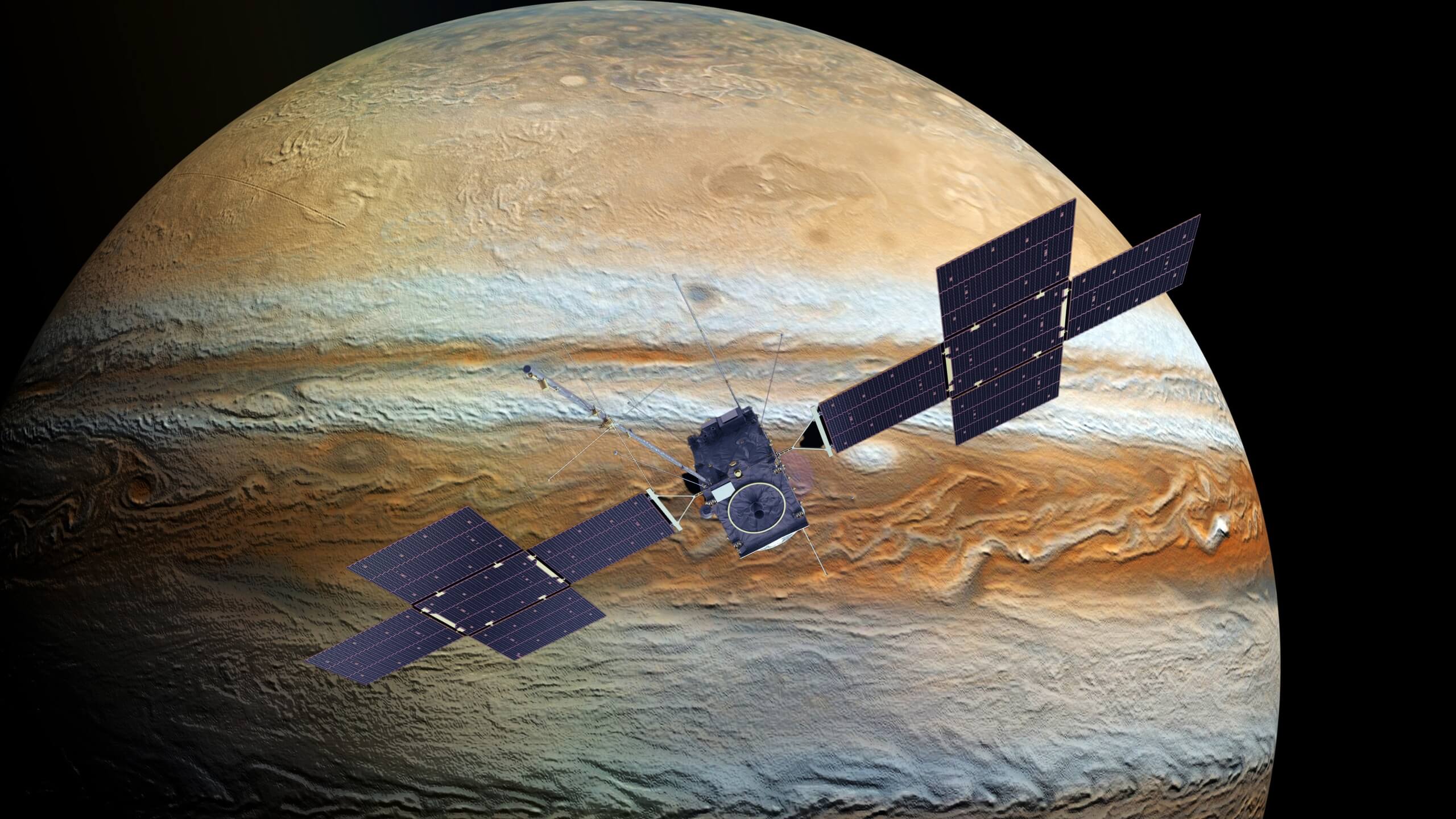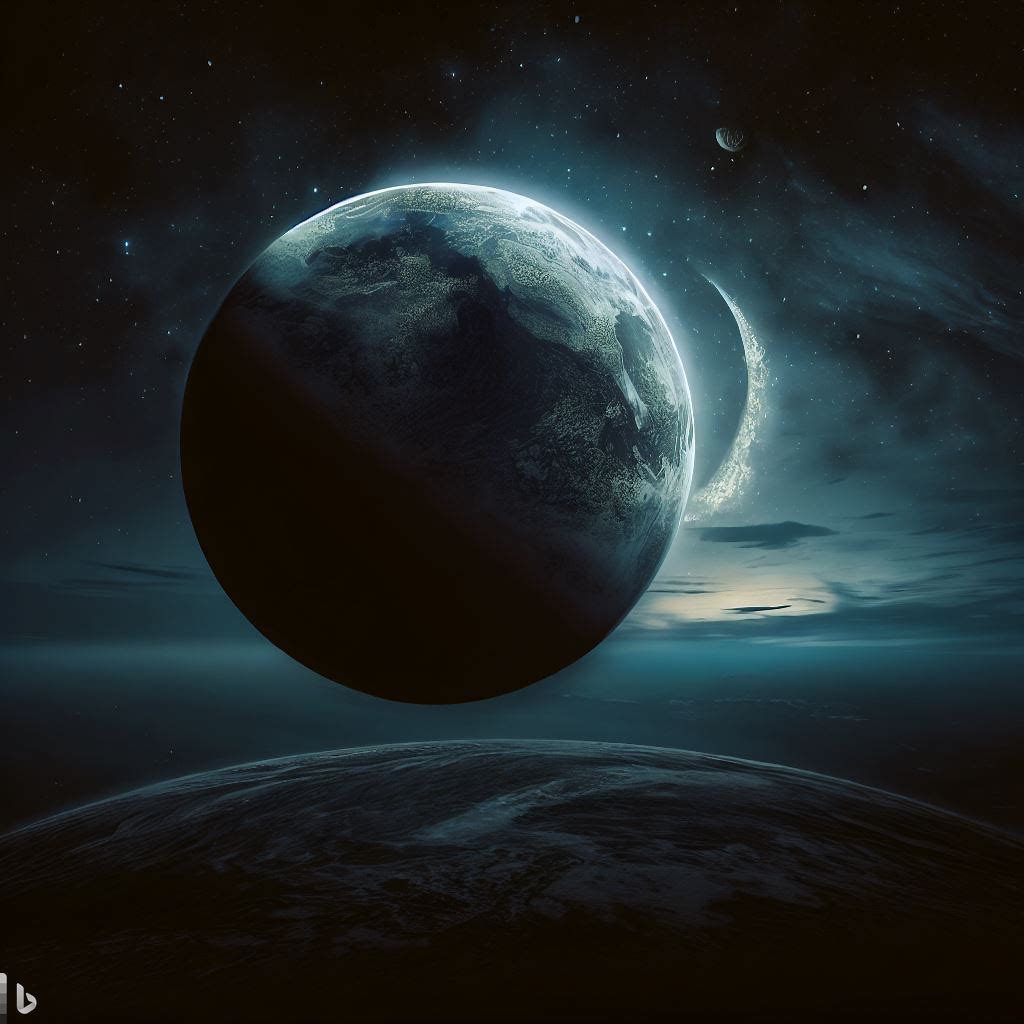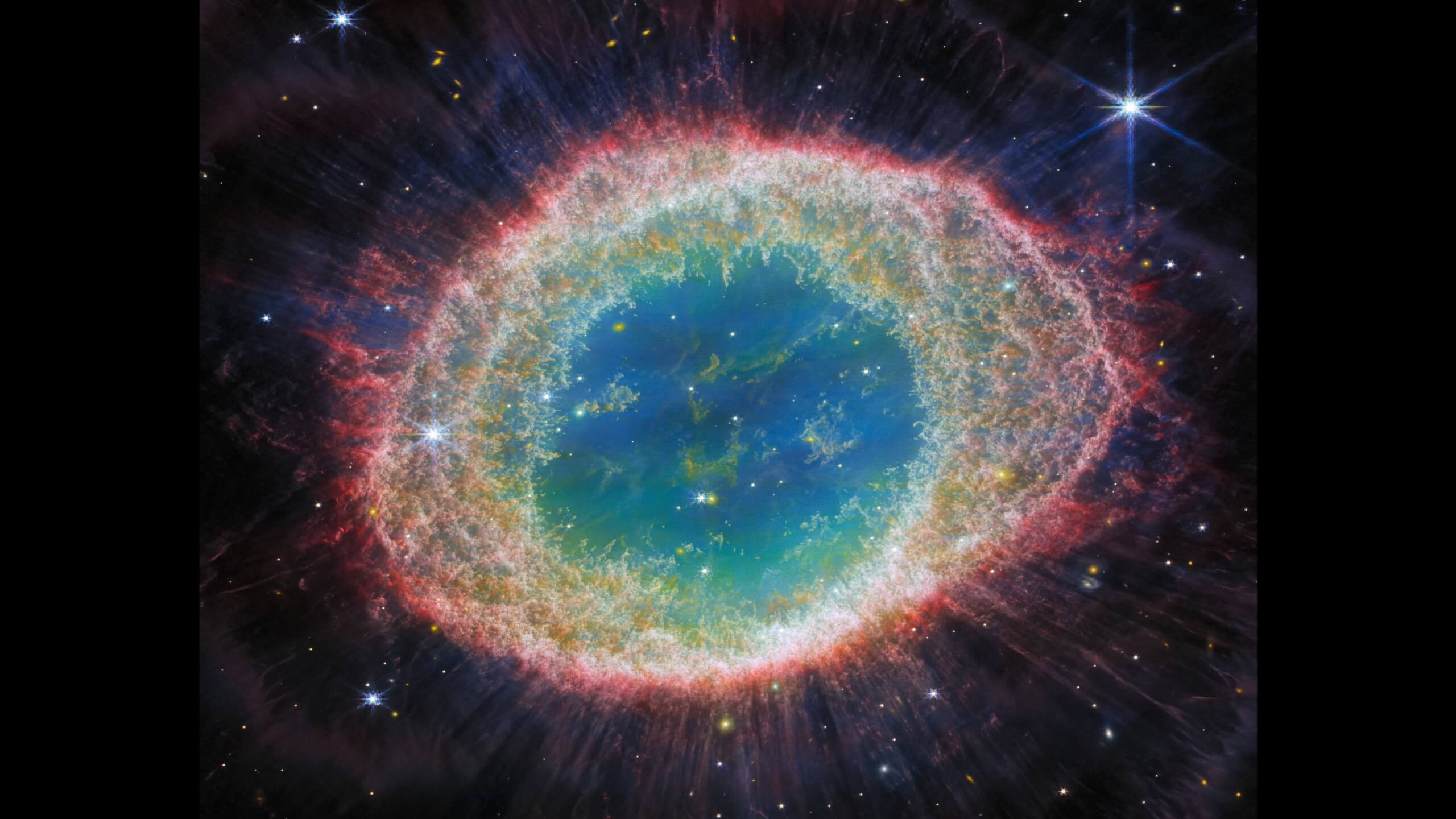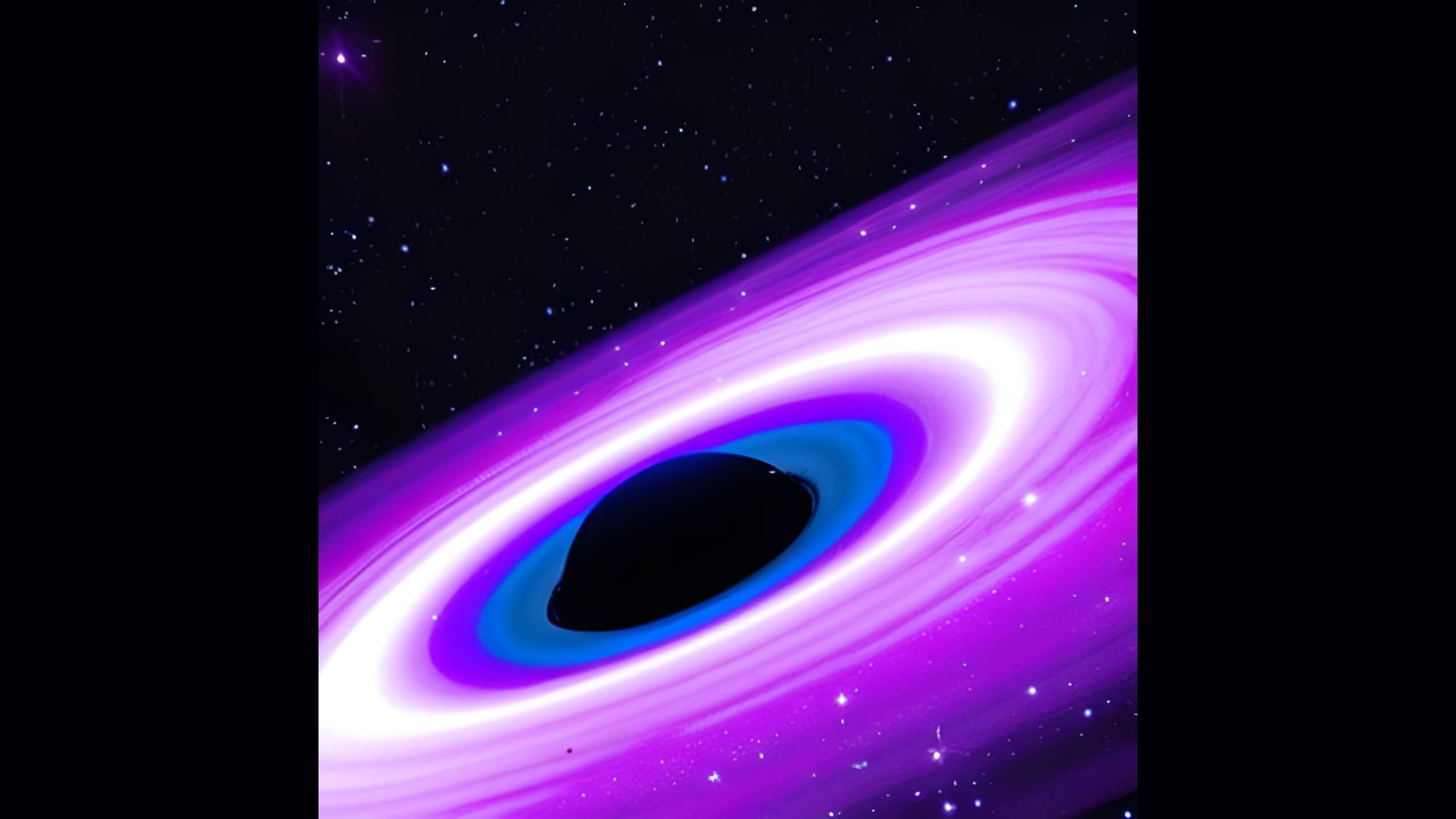Category: Astronomy
What’s on the other side of a black hole? | Back Side Of A Black Hole
Black holes are cosmic mysteries that have long captivated the imagination of scientists and the public alike, which pushes the boundaries of our understanding of the cosmos to their limits. Black holes are super dense points formed when big stars collapse. inside, there’s something called a singularity, and around it is an invisible boundary called…
Written by
TON-618 Size: How Heavy Is TON 618 Black Hole?
The TON 618 black hole is a supermassive black hole located at the heart of Tonantzintla 618 (TON 618), which is a hyper-luminous and radio-loud quasar located near the edges of constellations Canes Venatici and Coma Berenices. It is about 18.2 Billion light years distant from our Earth. The TON 618 black hole is a…
Written by
What Exactly Is An Earth-Like Planet?
An Earth-like planet is a planet with similar characteristics to our Earth. These characteristics include solid surface, an atmosphere and temperature right for liquid water to persist, location in the Goldilocks or habitable zone of the host sun-like star, an Earth-like magnetic field, and a stable orbit and axial tilt. Other characteristics are a stable…
Written by
Could The Sun Become A Black Hole?
The transformation of the Sun into a black hole is one of the captivating concepts. However, due to the Sun’s relatively small mass, this conversion is impossible. Black holes are formed from massive stars, while our Sun’s destiny lies in becoming a white dwarf, by following a different path in its life cycle as it…
Written by
What Are Moonquakes And What Causes Them? – Earthquake vs Moonquake
Moonquakes are the vibrations that arise on the Moon’s surface, similar to earthquakes. Those moonquakes happen because of one-of-a-kind reasons. Occasionally the Moon shrinks and cools down which causes cracks and ends in moonquakes. Alternatively, Earth’s gravity can make the Moon’s insides compress and make it of considerable size, inflicting moonquakes. Meteors also can create…
Written by
JUICE Mission: A Spacecraft to Explore Jupiter And Its Moons
Jupiter Icy Moons Explorer (JUICE)is a mission launched by the European Space Agency (ESA) to explore Jupiter and its three large icy moons named Ganymede, Callisto, and Europa. This mission aims to find these moons as planetary objects and possible habitats as well as to explore Jupiter’s complex environment. The explorer was launched on April…
Written by
What Would Happen If We Didn’t Have A Moon? Earth Without Moon
The disappearance of the moon would have a devastating impact on life on Earth. It is likely that human civilization will collapse without the moon. There are countless consequences which will occur due to moon disappearance, including darker nights, smaller tides, extreme weathers, heavy hurricanes and tornadoes. Moreover, there is a greater chance that the…
Written by
JWST’s Groundbreaking Capture: The Ring Nebula Like Never Before
The James Webb Space Telescope (JWST) has just captured magnificent new images of the Ring Nebula that are more detailed and provide insights that have never been seen before. The Ring Nebula is a glowing orb of material scattered about the cosmos by a dying star some 4,000 years ago. Astronomers have often been imagining…
Written by
Phoenix A*: Insights Into The Universe’s Largest Black Hole
Phoenix A* black hole is a supermassive black hole located in the center of Phoenix A galaxy. The Phoenix A galaxy is the central galaxy of the Phoenix Cluster, a galaxy cluster located in the Phoenix constellation. Scientists believe that the Phoenix A black hole is the largest black hole known to humanity. Scientists also…
Written by
